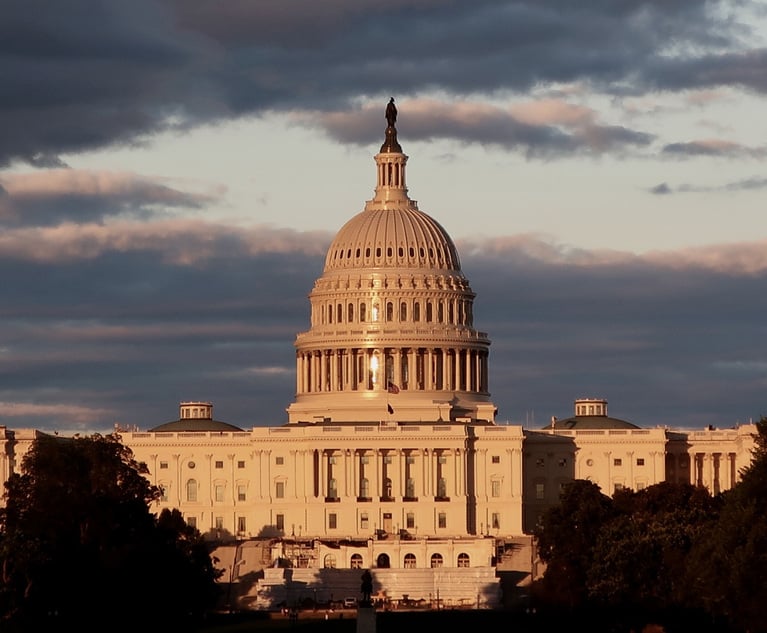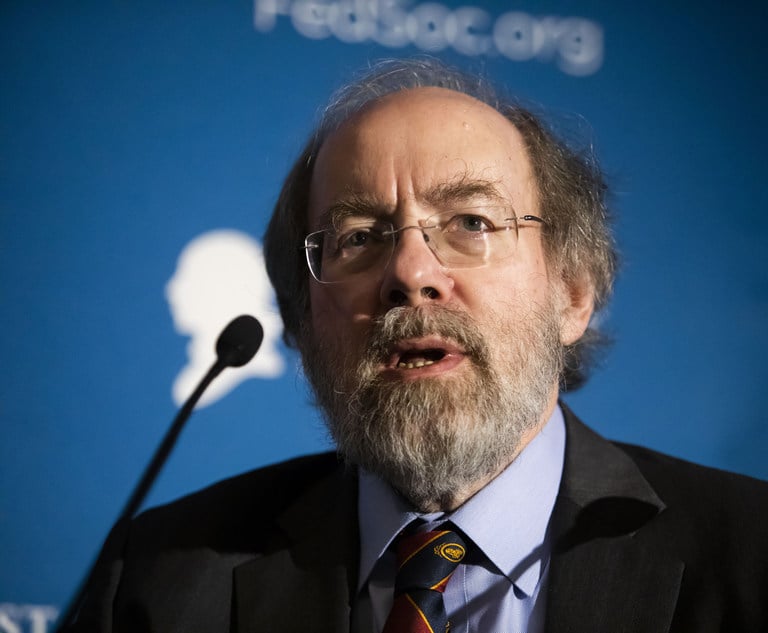For the last 20 years, U.S. Supreme Court Justice Clarence Thomas has been urging his colleagues to use a novel originalist approach to protecting constitutional rights. In a decision on Wednesday, Thomas revived his campaign and finally picked up a possible ally, but only one: Justice Neil Gorsuch.
In Timbs v. Indiana, the high court unanimously ruled that the Eighth Amendment clause barring the imposition of “excessive fines” applies to states as well as the federal government because of the due process clause of the Fourteenth Amendment.
Thomas and Gorsuch agreed with the result, but Thomas wrote:
“I cannot agree with the route the court takes to reach this conclusion. Instead of reading the Fourteenth Amendment’s due process clause to encompass a substantive right that has nothing to do with ‘process,’ I would hold that the right to be free from excessive fines is one of the ‘privileges or immunities of citizens of the United States’ protected by the Fourteenth Amendment.”
More tentatively, Gorsuch wrote in a separate concurrence: “As an original matter, I acknowledge, the appropriate vehicle for incorporation may well be the Fourteenth Amendment’s privileges or immunities clause, rather than, as this court has long assumed, the due process clause.”
It is not unusual for Thomas to go solo in his dissents and concurrences, in which he often expresses hope that someday, his unique view of the Constitution will prevail.
Just on Tuesday, Thomas said it was time to revisit New York Times v. Sullivan, a First Amendment landmark ruling that has made it almost impossible for public figures to win libel lawsuits.
Thomas has been arguing ever since 1999 that the “privileges or immunities” clause is a stronger rationale for justifying fundamental rights than the due process clause. In Saenz v. Roe, a fluke ruling that invoked that clause to protect the right to travel, Thomas said: “I would be open to reevaluating its meaning in an appropriate case.”
But that case never came, although it was invoked in McDonald v. Chicago, the 2010 ruling that applied the Second Amendment right to bear arms to states. A splintered court decision concluded that “there is no need” to rely on the immunities clause because due process would suffice. In the Timbs case, Thomas said that substantive due process is an ill-defined “legal fiction” that allows the court to “fashion fundamental rights without any textual constraints.”
Writing broadly, Thomas accused the court of “defining the universe of ‘fundamental’ rights so broadly as to border on meaningless.” He pointed to the court’s 2015 decision permitting same-sex marriage and to the 1992 ruling that said states cannot place an “undue burden” on a woman’s right to an abortion. In both rulings, Thomas voted in dissent.
Why do justices—liberal and conservative—avoid embracing the privileges cause?
Soon after the Fourteenth Amendment was ratified, the court in 1873 sharply narrowed its scope in the Slaughterhouse Cases, and its meaning has not been fully reassessed since.
“The view has been, ‘let sleeping doctrinal lines lie,’” Cato Institute scholar Ilya Shapiro said Wednesday, who along with court-watcher Josh Blackman predicted that Gorsuch would join Thomas in the Timbs case. “It’s disappointing that Justice Gorsuch alone is now on record alongside Justice Thomas.”
David Gans of the liberal Constitutional Accountability Center said Wednesday, “It’s significant that we have two justices now recognizing the importance of ‘privileges or immunities.’ We’ll see how things develop.”
Read more:
Thomas Urges Court to Revisit Landmark Defamation Ruling
227 Years Later, ‘Excessive Fines’ Ban Could Reach States
Justices Thomas and Gorsuch Call for Curbs on Federal Agency Power
Clarence Thomas, in Dissent, Asserts Gun Rights Aren’t ‘Favored’ at High Court
Justice Clarence Thomas: Neil Gorsuch Is a ‘Good Man’
NOT FOR REPRINT
© 2024 ALM Global, LLC, All Rights Reserved. Request academic re-use from www.copyright.com. All other uses, submit a request to [email protected]. For more information visit Asset & Logo Licensing.


 Justice Clarence Thomas in 2017 spoke on Fox News.
Justice Clarence Thomas in 2017 spoke on Fox News.





